[Updated 24/11/2023]
Embark on a journey with Anges de Sucre as we unravel the enchanting origins and intricate process behind the star of our desserts—vanilla bean pods.
Origin of Vanilla
Vanilla, originating in Mexico, holds a rich history. The first people to cultivate vanilla beans were the Totonacas, who believed the pods were divine gifts. When the Aztecs conquered the land, they further cultivated this fruit they called the "black flower," introduced in Europe and Asia in the early 16th century by Spanish explorer Hernan Cortes (who also introduced chocolate!). The word vanilla derives from the Spanish word "vaina," which literally means "little pod."
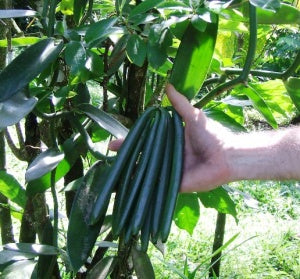
What is Vanilla?
The vanilla pods are the fruit of the orchid vine (hence our vanilla macaroon name, Fruit of the Orchid!). Vanilla is a very particular plant, partly because the pods only grow once the flower has been pollinated.
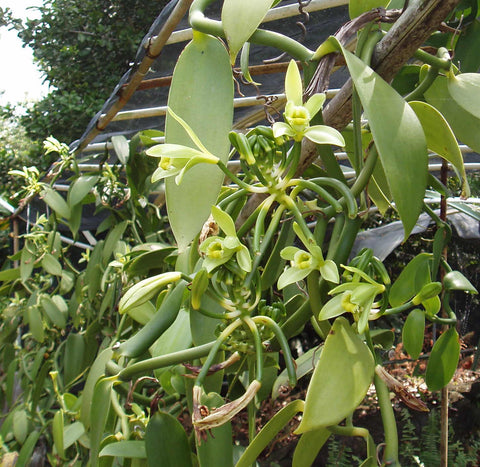
Vanilla's Pollination Mystery
Vanilla orchids, the plants responsible for vanilla beans, have an intriguing pollination process. In their native habitat of Mexico, natural pollination was carried out by a specific species of Melipona bee. However, these bees are not found outside of Mexico, making vanilla cultivation a challenge in other parts of the world.
To overcome this hurdle, artificial pollination is widely practiced. In vanilla cultivation, each flower must be pollinated by hand within 24 hours of blooming to ensure successful fruit development. This delicate process involves using a toothpick or a similar instrument to lift the rostellum (a flap separating the male and female parts of the flower) and then transferring pollen from the anther to the stigma.
The intricate dance between the vanilla orchid and its pollinators highlights the unique and meticulous efforts required to bring this beloved flavor to our tables.
Cultural Significance
Beyond its culinary use, vanilla holds cultural significance. The Totonacas considered it a sacred spice, associating it with rituals and ceremonies. The Aztecs, too, valued vanilla, using it both in their chocolate beverages and as a symbol of love. Today, vanilla remains a symbol of luxury and indulgence, gracing desserts worldwide with its exquisite flavor.
Harvesting Process
It is no surprise that vanilla bean pods are one of the most expensive spices; their harvest is a very precise and intensive process. Once the vanilla plant is pollinated, its flower will wilt and die within hours, and it will take only a few days for the vanilla bean to grow in its place. Because vanilla flowers will live no more than a day, it requires constant monitoring and careful pollination to assure the vanilla beans will grow. When the vanilla pod has grown, it will take on average 10 months to mature. Again, harvesting the pods at the right time is very important—they need to be harvested while still green, immature, and odorless, and harvesting too early or too late will cause a change in flavor. Finally, to make the process even more delicate, only one vanilla bean grows for each flower.
Preparation Process
After the vanilla pods have been harvested, there are three more steps in the process before it is commercialized: killing, sweating, and drying. To prevent the pod from growing any more, vanilla beans are either placed under the hot sun, in an oven, or hot water. The sweating stage lasts on average 7 to 10 days. Vanilla beans are placed in a hot and humid environment (such as fabric-covered boxes, after they have been boiled). This is done to allow the enzymes to process certain compounds into vanillin, which gives the ultimate vanilla flavor we use in our vanilla cakes. Finally, the vanilla is dried to prevent it from rotting and to lock in the aroma: it is set out in the sun in the morning and stored during the afternoon.
Vanilla's Flavour Complexity
While vanilla is often associated with sweetness, it has a remarkable depth beyond mere sugary notes. Vanilla contains hundreds of flavor compounds, and its profile goes well beyond the simplistic "sweet" descriptor. Within its aromatic arsenal, you can find hints of caramel, chocolate, and even floral undertones.
What's truly fascinating is that the flavor complexity isn't solely due to the vanillin content (the primary compound responsible for vanilla's flavor). It's the combination of various compounds working in harmony, creating a symphony of taste that engages multiple senses. This intricate interplay of flavors is what makes vanilla not just a sweetener but a versatile and sophisticated ingredient that can elevate a wide array of culinary creations.
Economic Impact
Vanilla cultivation has not only shaped culinary experiences but also impacted economies. The global demand for vanilla has driven economic growth in countries like Madagascar, which is now a leading producer. The vanilla trade has created job opportunities and contributed to the economic stability of regions where it is cultivated.
From Papua New Guinea to Anges de Sucre.
The vanilla beans we use in our sweet treats, from our Vanilla cakes to Macarons, come from exotic Papua New Guinea where they are carefully harvested by hand and shipped straight to our kitchen, ensuring a fresh and powerful flavor in every bite.
With vanilla love,
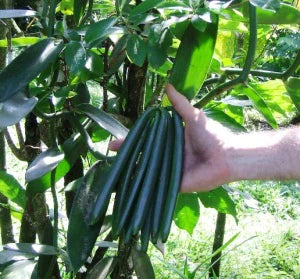



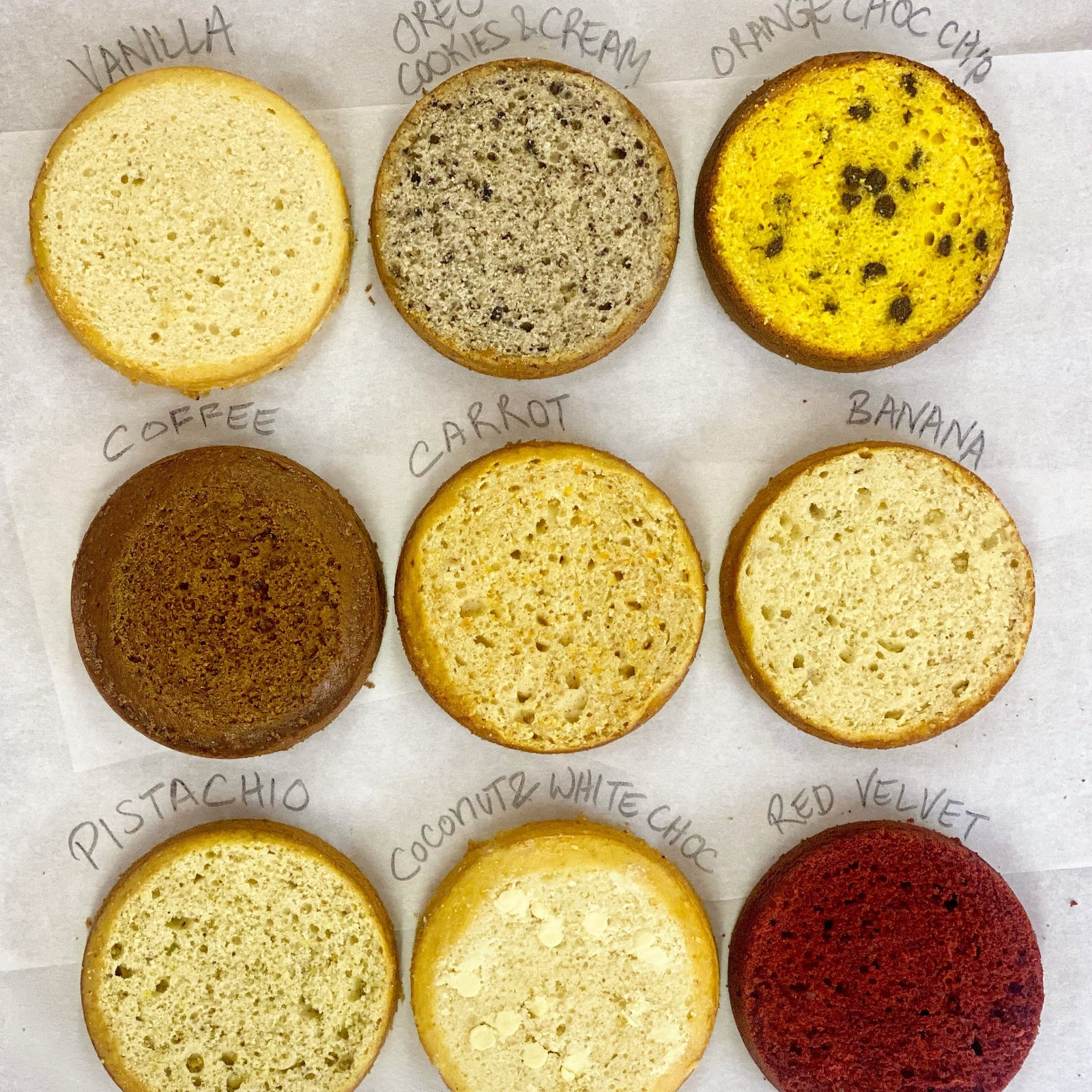
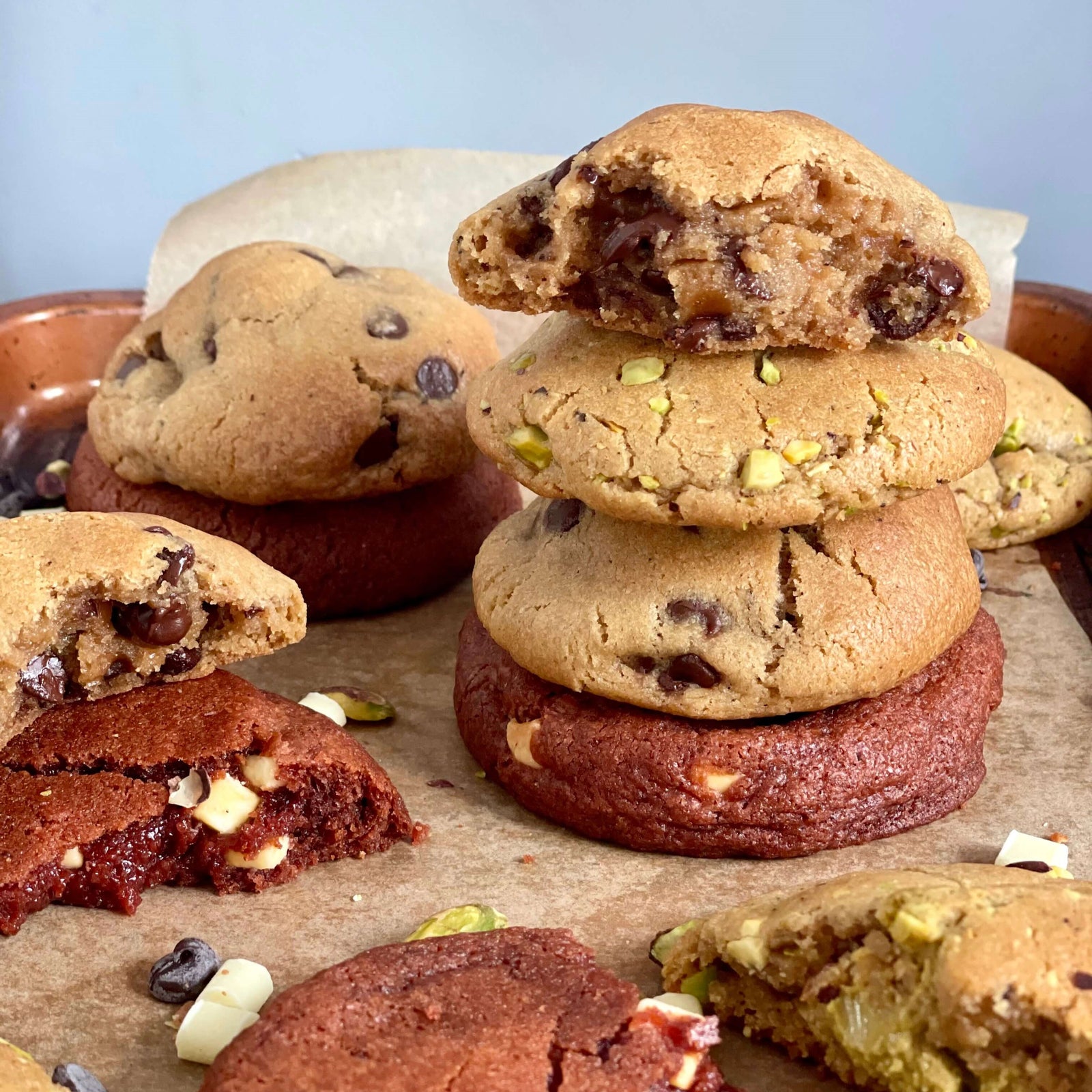
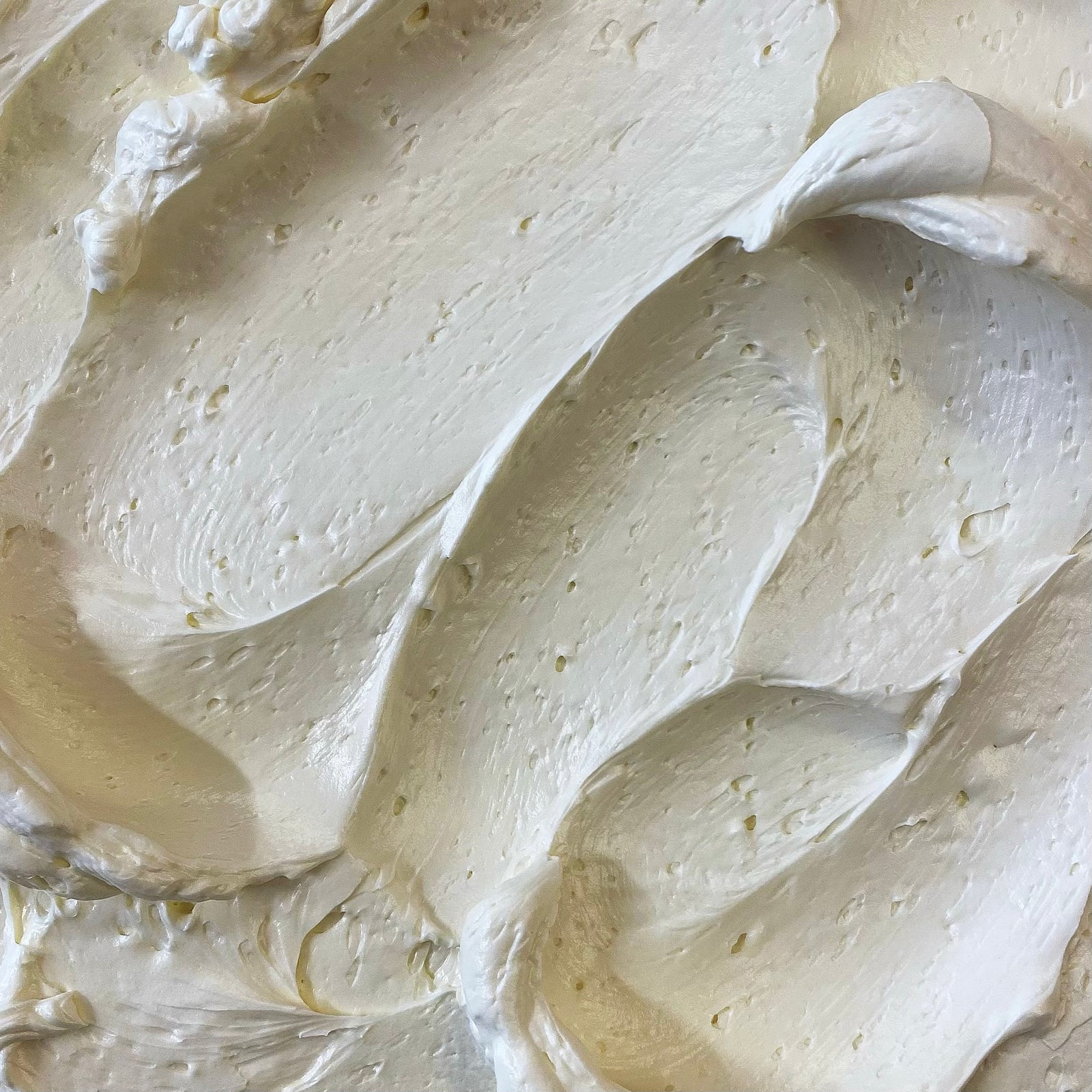

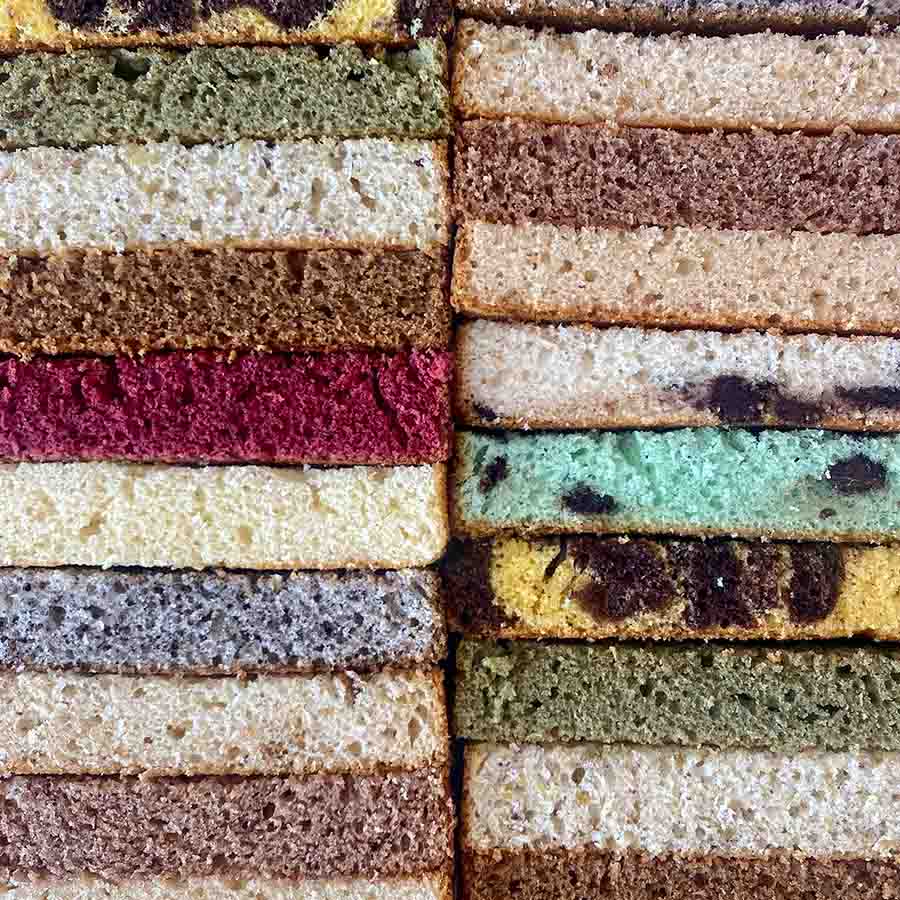
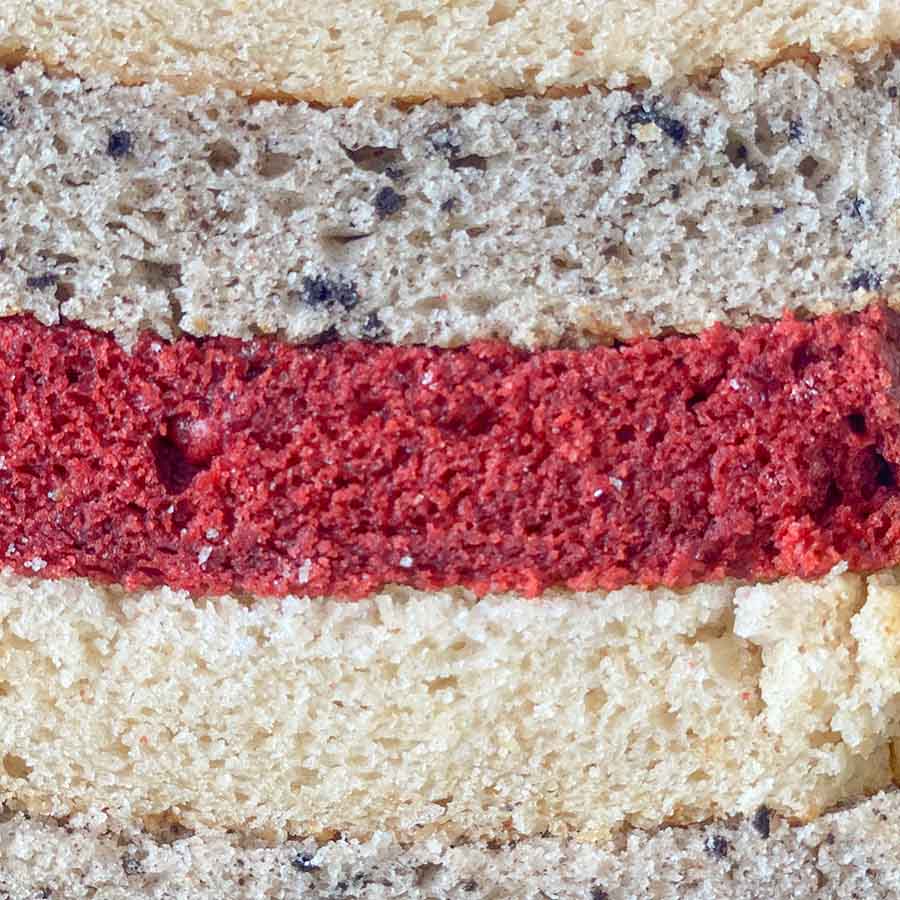
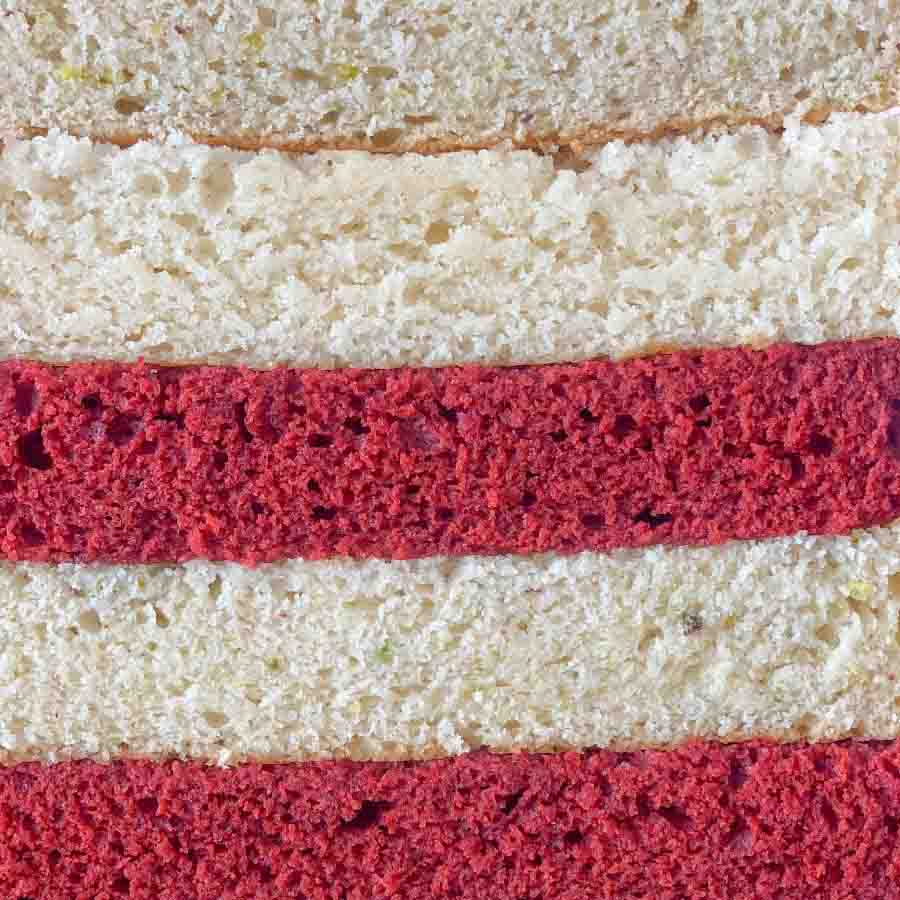
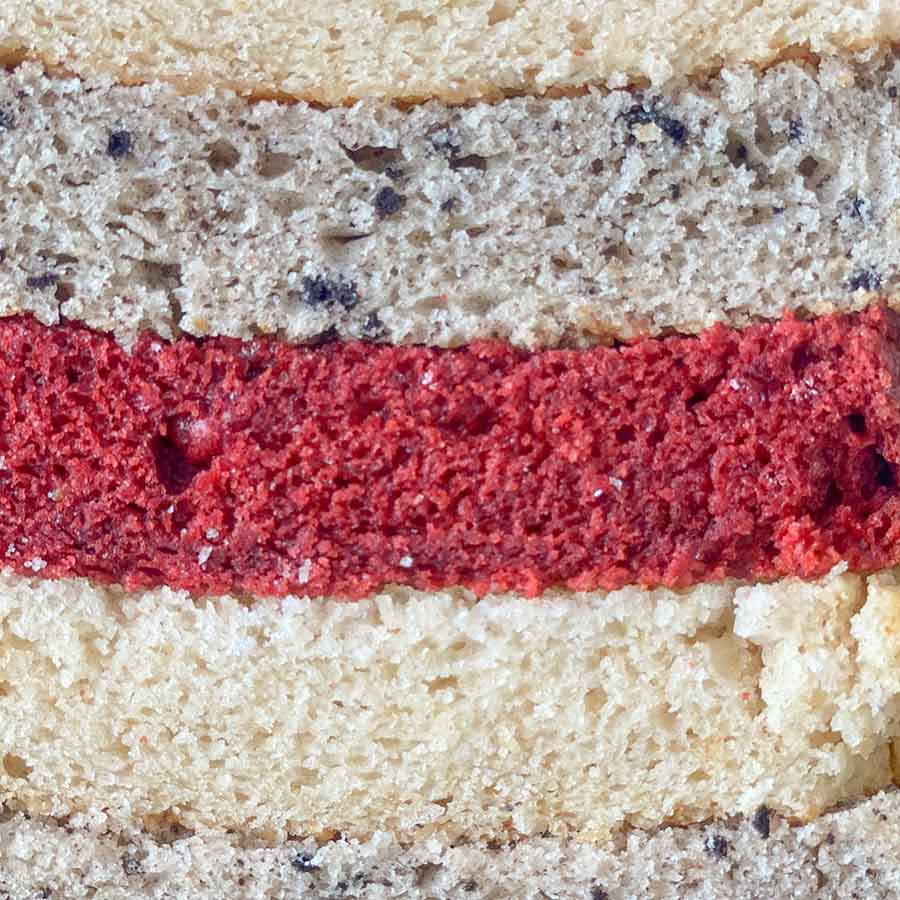

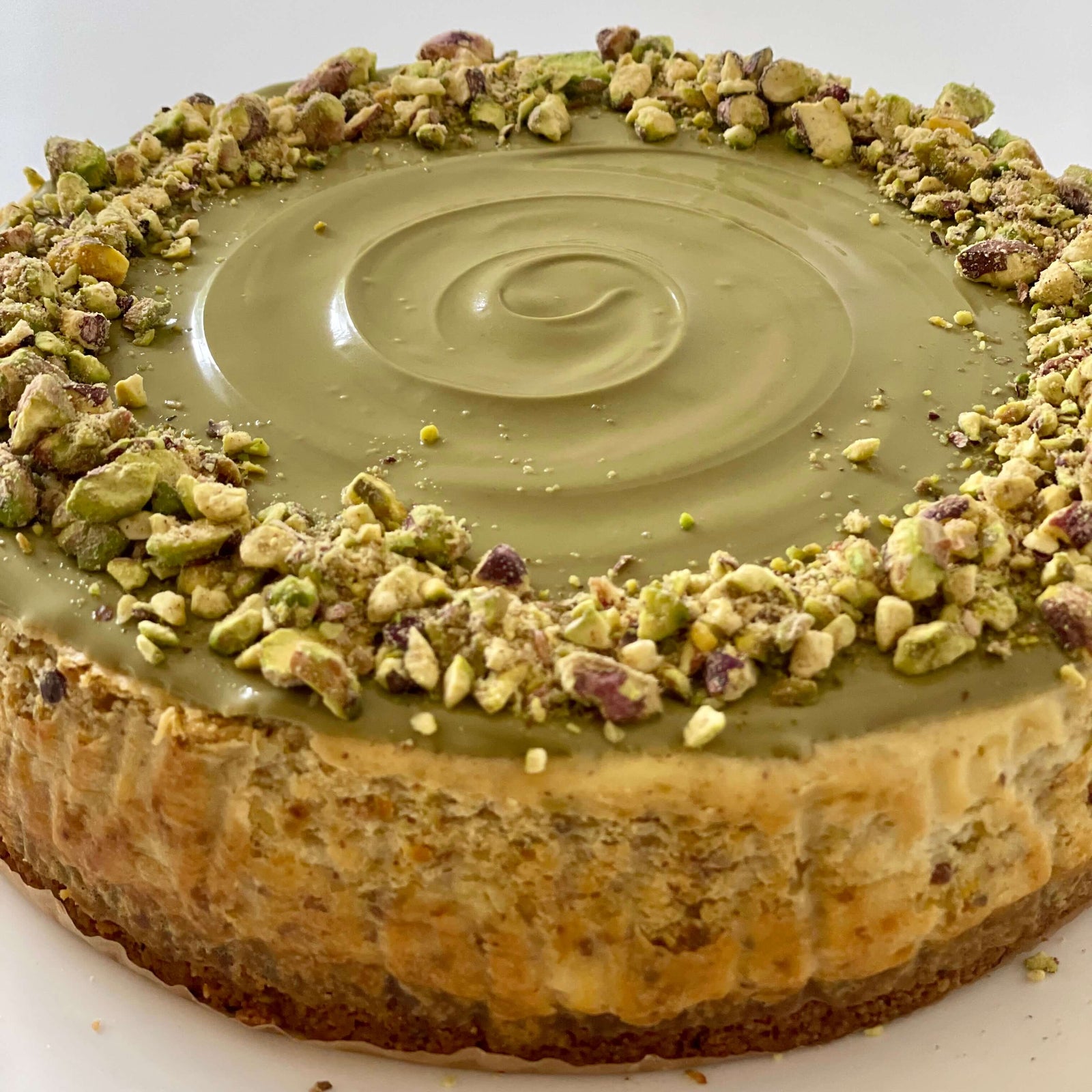
Leave a comment (all fields required)